Basic Elements of Design: Dimensions
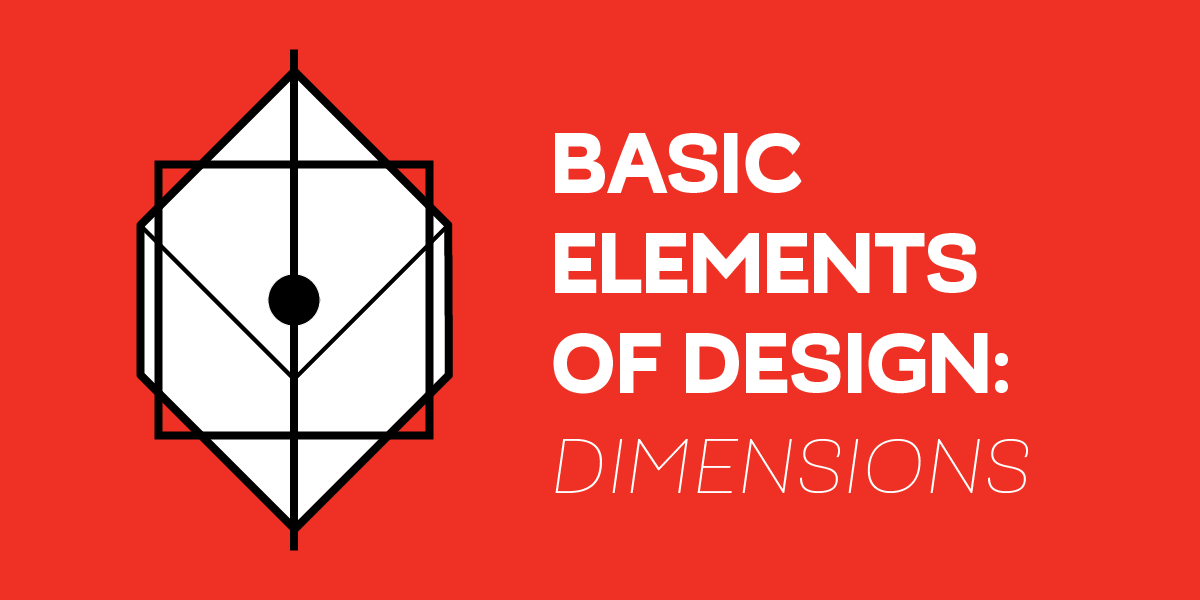
Beautifully functional design is created with an understanding of fundamental concepts of visual language. A good grip of these fundamentals is basic to communicate and interpret ideas visually to our audience and fellow colleagues. There are many primordial elements, but let's focus on introducing a few for this post. Let's get acquainted with these basic topics, and see how they can influence our design process.
The Point
The most basic element has no dimension. It cannot be measured. We can understand it as a coordinate, a location inside another dimension.

As designers we can interpret a point as a center, a focus, end, or destination. When we mark a point in our world, we draw attention to it as we perceive it. It can become the centerpiece, without being completely centralized. It doesn't even have to be marked, a point can exist only in our perception. By grouping points together we can create textures, shades or gradations.
The Line
The first of the dimensions can be measured. Lines are an infinite series of points. The are the connection between two points, forming one singular axis "x" or length.
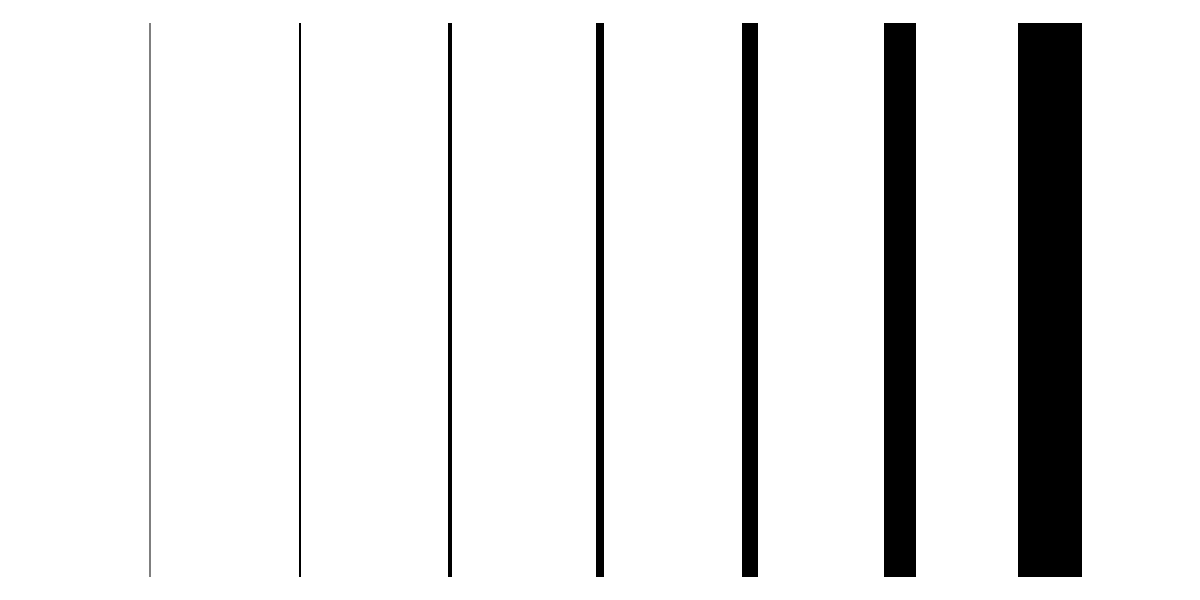
Lines are the bread and butter visual language. As designers we can use them to demarcate, join, divide, contain, etc. They can be straight, or curvy, they can zig, and can zag. We can make them dotted or dashed. Their thickness or weight can vary to different degrees, but if they become too thick, we group them together or intersect them with each other they can start to be perceived as a plane.
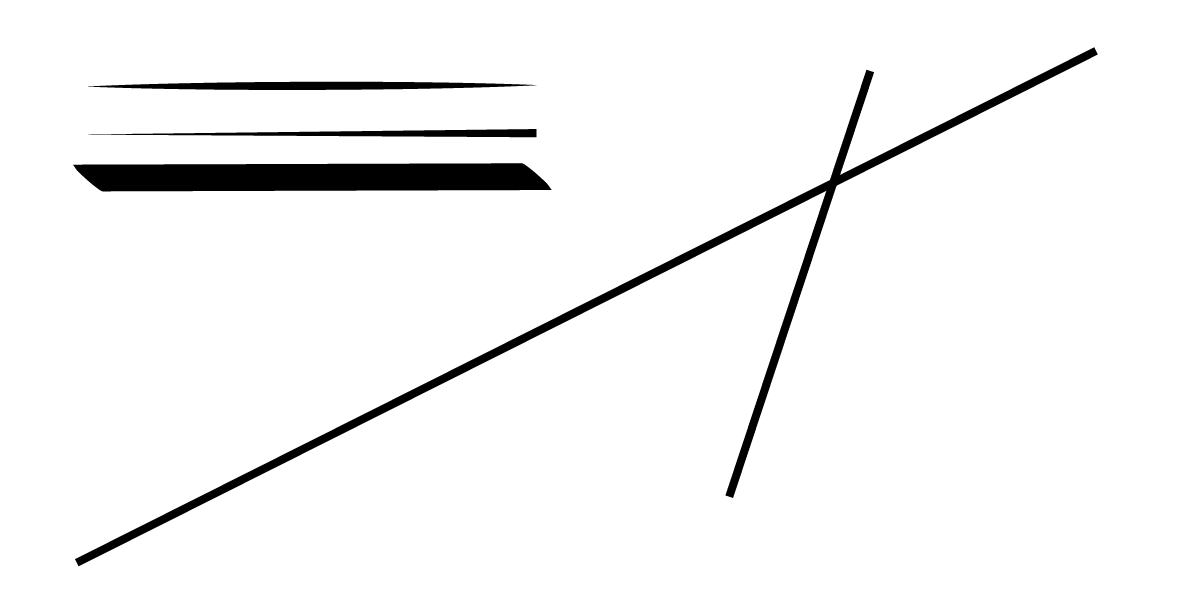
The Plane
The second of the dimensions is composed of a series of lines moving through a perpendicular axis, called "y" or height.
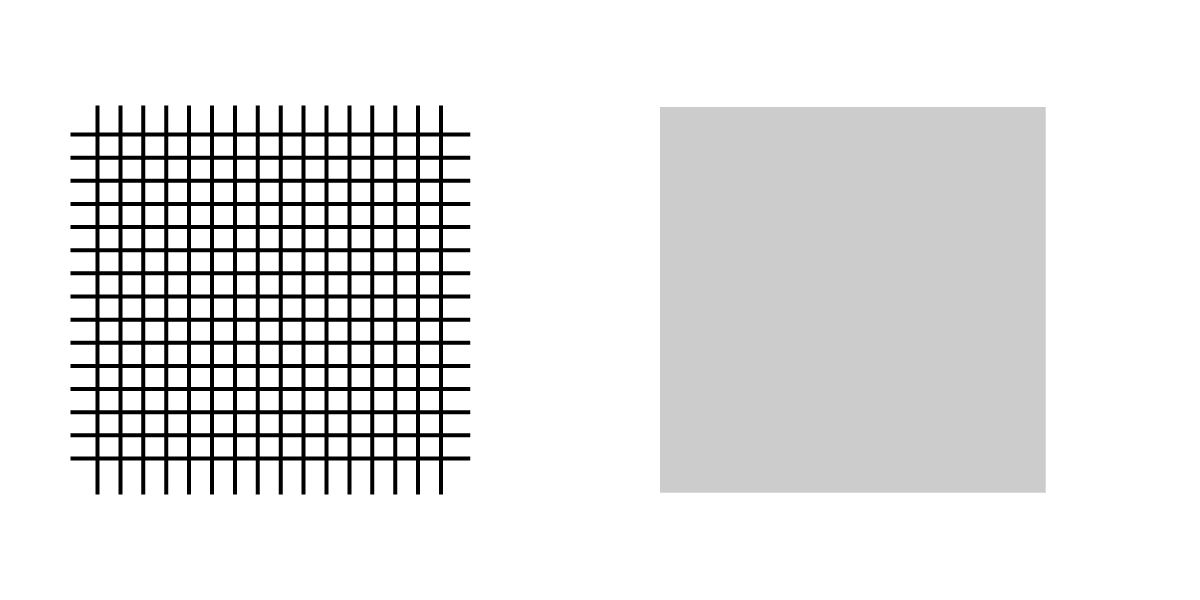
Planes are flat surfaces with width and height. Planes can be perforated or solid, they can absorb, filter or reflect light. They can hide, reveal or frame a subject. These surfaces can also be formed by enclosed lines that form shapes. We'll go more in depth with shapes in the next post.
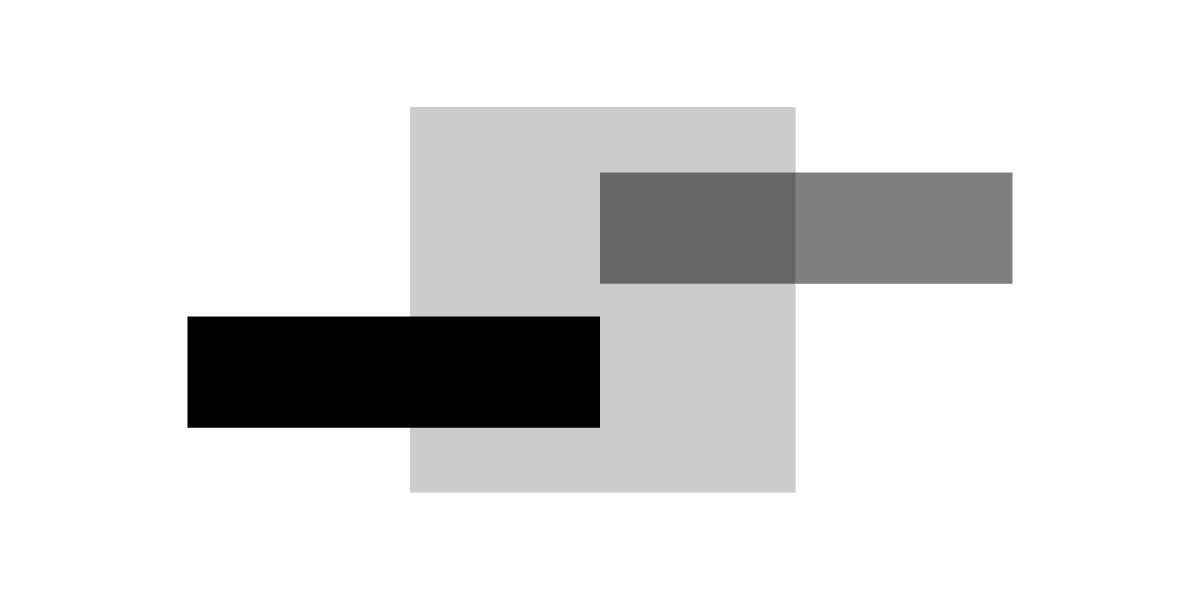
The Volume
The third of the dimensions, the one we live in. Volumes can be formed by a series of planes extruded along a perpendicular axis called "y" or depth.
Volumes are empty space defined by points, lines and planes that will form three dimensional shapes. They can be solid, or filled with space, among other characteristics. From books to architecture and more, understanding space, and volume will help us as designers to integrate our ideas spatially within our perception.
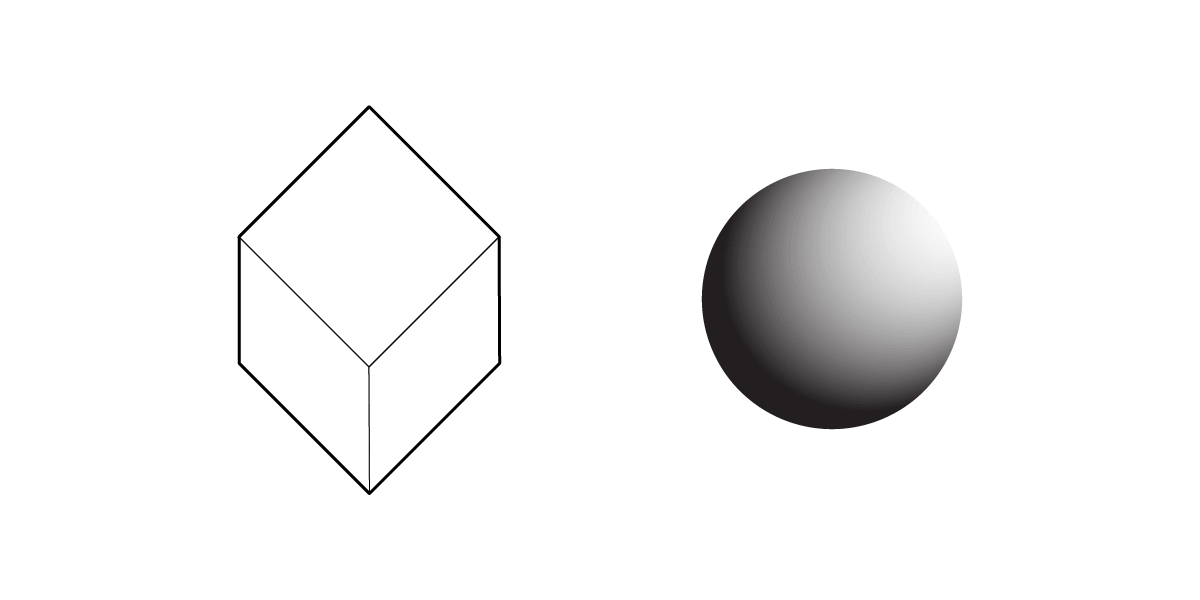
You might be thinking this list is incomplete or different from other element lists we've probably read before in other sources. Truth is, there isn't any definitive list of basic design elements, and I'm not trying to create one. Each design field will focus on their own interpretation of what the basics are, though they may relate they will not always be the same. As they come up in the next posts I will be discussing them in depth.
It's been a while since I updated the blog with new content. I'm getting back on the wagon and will make an effort to post more often. You can subscribe to receive an e-mail notification whenever I upload a new article. You could also share my blog if you think it's worth a space on your social media profiles. Until next time, and as always, thanks for reading!
Related Links! (Former Bibliography, making it simpler!)
Site: Learn Design Principles by: @lissalauren
Site: The Elements Of Design Part I: Introduction
Site: Design Principles: Visual Perception And The Principles Of Gestalt pt.1